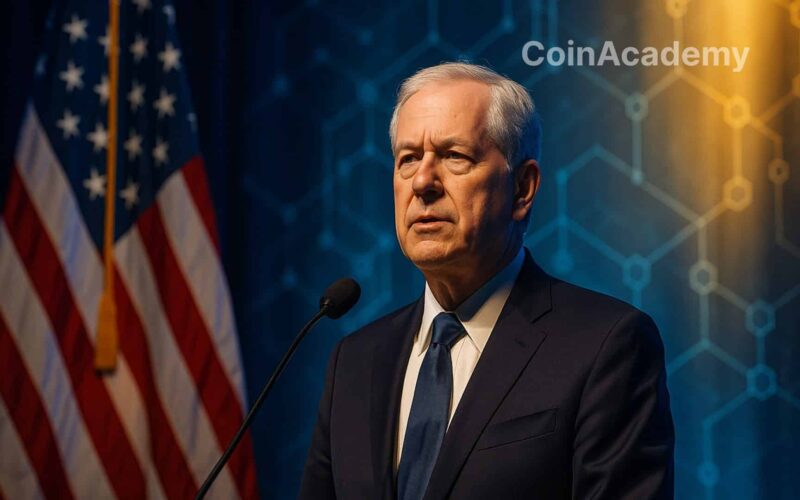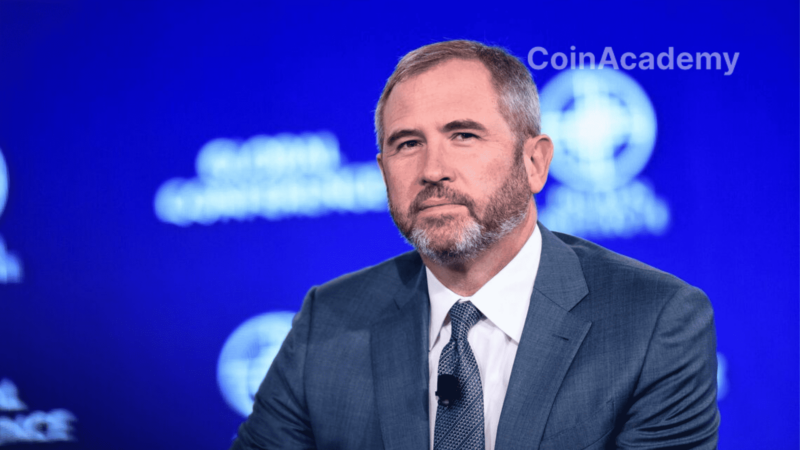Christopher Waller, governor of the Fed, asserts that blockchain and crypto assets are now integrated into the financial system, marking a total break from past mistrust.
Waller signals the Fed’s shift towards cryptocurrencies
The tone has shifted in Washington. Federal Reserve governor, Christopher Waller, stated that crypto assets and distributed ledgers are now “woven into the very fabric of the financial and payment systems.” In other words, the Fed no longer views blockchain technologies as a threat, but rather as a pillar of American monetary innovation.
“This is a new era for the Federal Reserve,” Waller declared at the Payments Innovation Conference in Washington.
The DeFi industry is no longer viewed with suspicion. It is now invited to the table, on our own turf.
A strong message, considering that just a few years ago, the very idea of cooperation between the Fed and crypto players was considered science fiction.
A clear departure from the Biden era
This opening marks a dramatic departure from the stance held under the Biden administration. For years, U.S. regulators imposed numerous restrictions, discouraging banks from engaging with stablecoins and crypto companies.
But for several months, the tide has turned. The Fed has lifted its strict guidelines on digital asset activities and removed the notion of “reputation risk” from bank exams, a major step in the fight against debanking.
For decentralized finance players, it is a symbolic victory: the world’s most powerful monetary body finally acknowledges that crypto has a place in the system.
Towards a “skinny master account” for innovators
Waller didn’t stop there. He proposed the creation of a “payment account,” a streamlined version of the Fed’s master account, dubbed a skinny master account.
The goal: to allow startups and payment-focused fintechs to directly access Federal Reserve infrastructures, bypassing major banks.
This account would provide limited but secure access to Fed payment rails, with clear safeguards:
- no interest paid on balances,
- imposed limits to control the impact on Fed’s balance sheet,
- and no overdraft authorization.
Such a setup would give young innovative companies a direct entryway into the heart of the American monetary system, while safeguarding financial stability.
The long-awaited turning point for crypto in the United States
The announcement comes at a critical moment. As Europe shines with its MiCA regulation and several major economies test their digital currencies, the United States could lose its edge. By opening the door to distributed ledgers and decentralized finance, the Fed clearly signals that it no longer wants to be a bystander.
This “new era” heralded by Waller could reshape the relationships between the central bank, stablecoins, and crypto players. And most importantly, reposition the United States as a central player in the global battle for the future of payments.
The message is clear: crypto will no longer be on the sidelines. It now officially enters the game.




